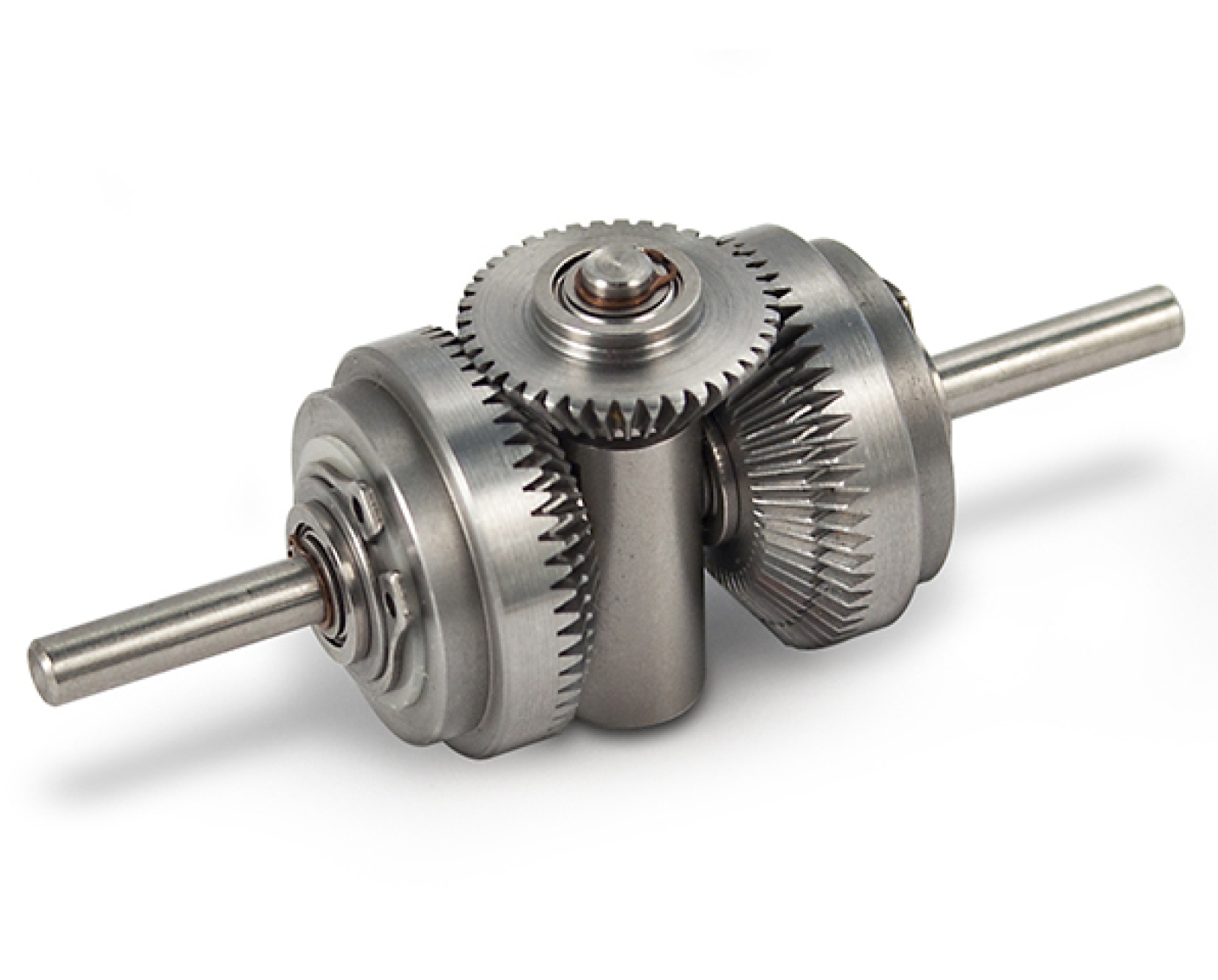
Differential Gear Definition
Differential gear is a gear system that allows the wheels to rotate at different speeds during cornering of vehicles. It is especially used in cars, trucks and other land vehicles. Thanks to this system, when cornering, the inner wheel can turn slower and the outer wheel can turn faster, allowing the vehicle to maneuver in a balanced and safe manner.
Components of the Differential Gear System
✔ Ring Gear - The gear that transmits the movement from the shaft to the differential.
✔ Planetary (Satellite) Gears - Regulates the speed difference between the two axles.
✔ Side Gears (Axle Gears) - Transmit power to the wheels.
✔ Cage (Differential Housing) - Holds all parts together.
Features of Differential Gear System
✔ Provides Stability in Bends - Allows wheels to rotate at different speeds.
Improves Traction and Performance - Transmits power to the wheels in a balanced way.
✔ Reduced Tire Wear - Prevents irregular wheel rotations.
Optimizes Torque Distribution - Provides better handling, especially in locked differential systems.
Differential Gear Usage Areas
- Automobiles and Commercial Vehicles (Front, rear or four-wheel drive systems)
- Off-Road Vehicles and 4x4 Systems (Provides more traction with locking differential)
- Heavy Construction Equipment and Tractors (Optimizes power transmission on uneven ground)
- Motorsports (LSD - High pe
